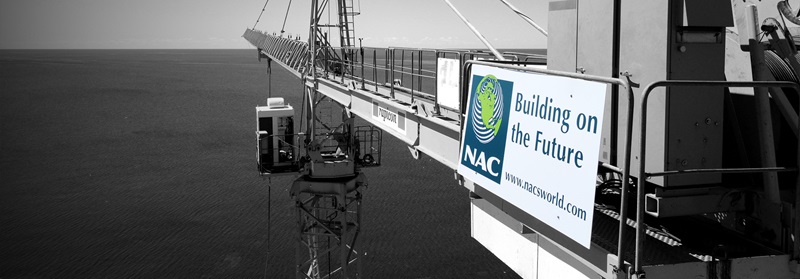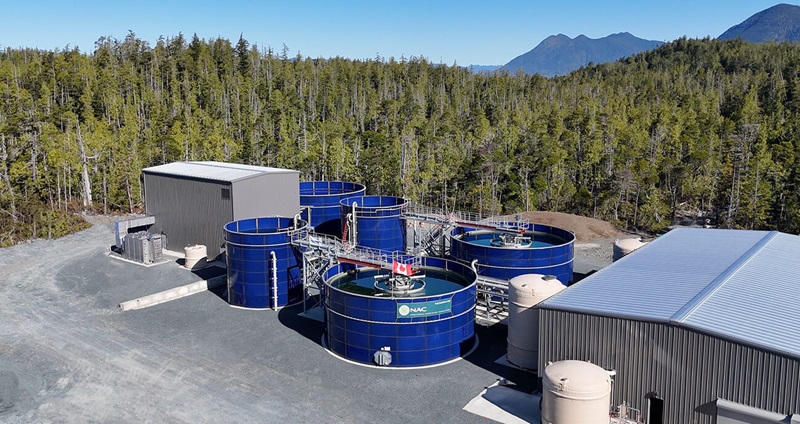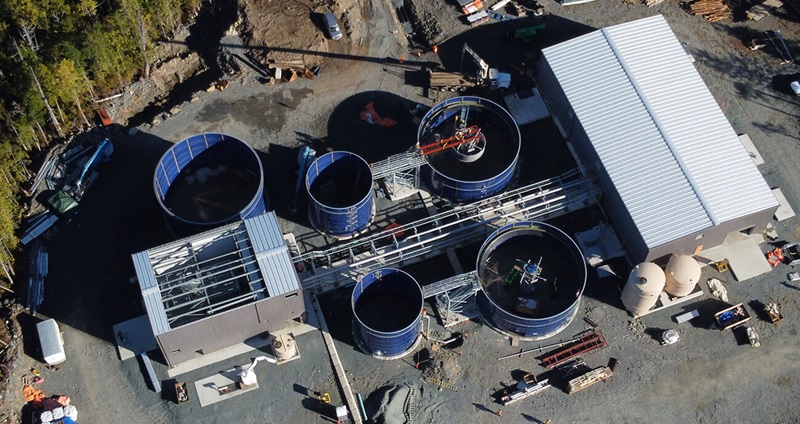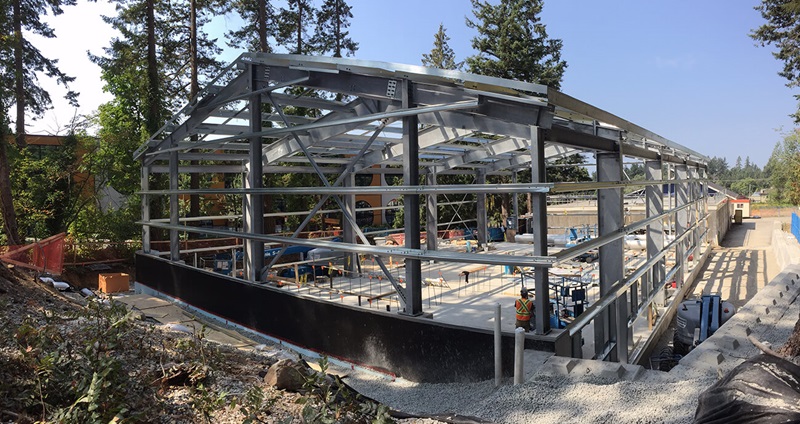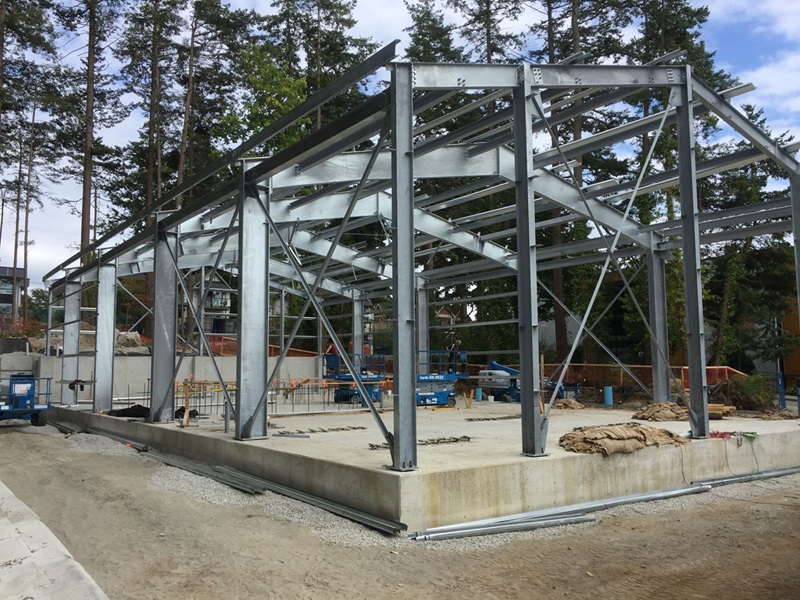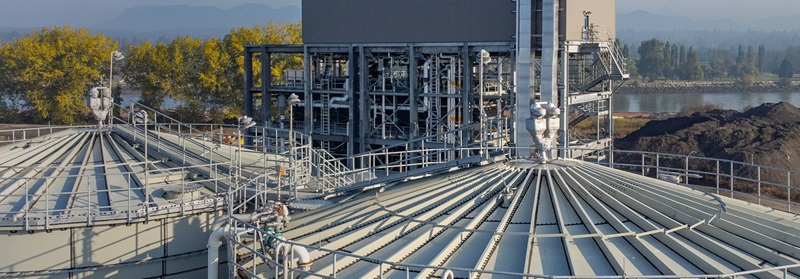
Progressive Design-Build
Progressive Design-Build is a project delivery method that combines aspects of the traditional Design-Build method with a more iterative and collaborative design development process. In this method, the project owner selects a design-build team based primarily on qualifications rather than a fixed price. The design is then developed progressively, with the builder providing input throughout the process. This allows for greater flexibility, innovation, and refinement of the project scope as it evolves.
Key Features:
- Two-Phase Process: The Progressive Design-Build method is typically executed in two phases:
- Preconstruction (Phase 1): The design-builder is selected based on qualifications, and the design is developed collaboratively. During this phase, the builder provides input on constructability, cost estimating, and scheduling. The project scope, budget, and timeline are refined as the design development progresses.
- Construction (Phase 2): Once a Guaranteed Maximum Price (GMP) or a fixed price is agreed upon, the project moves into the construction phase. The design-builder then completes the construction based on the finalized design.
- Early Contractor Involvement: The contractor is involved from the early stages of design, providing input on materials, methods, and costs. This helps optimize the design for constructability and budget utilization.
- Flexible Design Development: The design evolves progressively, allowing the owner to make informed decisions based on continuous feedback from the design-builder. This flexibility can lead to more innovative solutions and better alignment with the owner’s needs.
- Qualification-Based Selection: The design-builder is typically selected based on their qualifications, experience, and overall approach to the project, rather than a fixed-price bid. This helps ensure that the project is led by a team with the right expertise and vision.
Advantages:
- Collaborative Process: The iterative nature of the Progressive Design-Build method fosters collaboration between the owner, designer, and builder, resulting in better decision-making and a more customized final product.
- Cost Control: Since the design is developed with ongoing input from the builder, cost estimates are continually refined, reducing the risk of budget overruns. The final price is established only after the design has sufficiently progressed.
- Innovation: The flexibility in the design development process enables innovative solutions that might not arise in more rigid delivery methods. The continuous feedback loop enables the team to explore different options and refine the design based on real-time insights.
- Reduced Risk: By involving the contractor early and progressively finalizing the design, risks associated with scope changes and unforeseen conditions are reduced.
Disadvantages:
- Extended Preconstruction Phase: The iterative design process may prolong the preconstruction phase, potentially delaying the start of construction compared to other methods.
- Owner Involvement: The owner needs to be actively involved in the decision-making process, which can be more time-consuming compared to traditional delivery methods.
- Uncertain Final Cost: The total project cost is not established at the start, which can be a challenge for owners who require a fixed budget early in the process.
Applications:
The Progressive Design-Build method is well-suited for complex projects where flexibility and innovation are critical, and where the owner values early and continuous collaboration. It is commonly used in projects such as healthcare facilities, educational buildings, and large infrastructure projects, where the ability to refine the design as new information becomes available can significantly improve project outcomes.
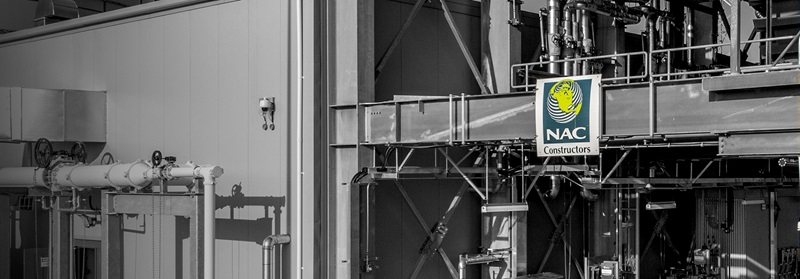
Related Projects
-
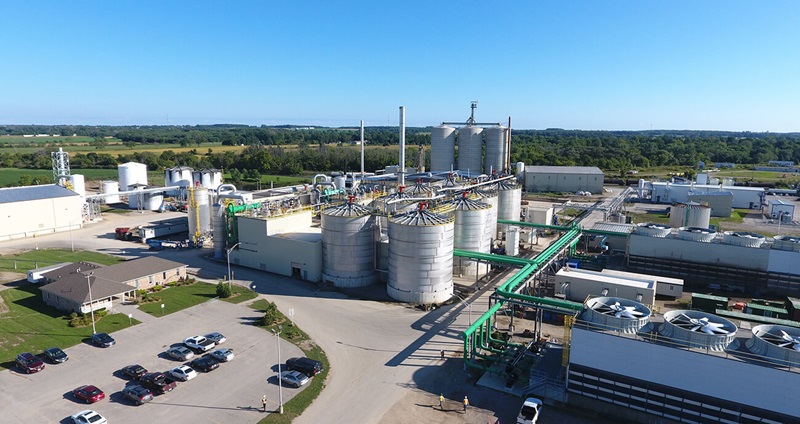
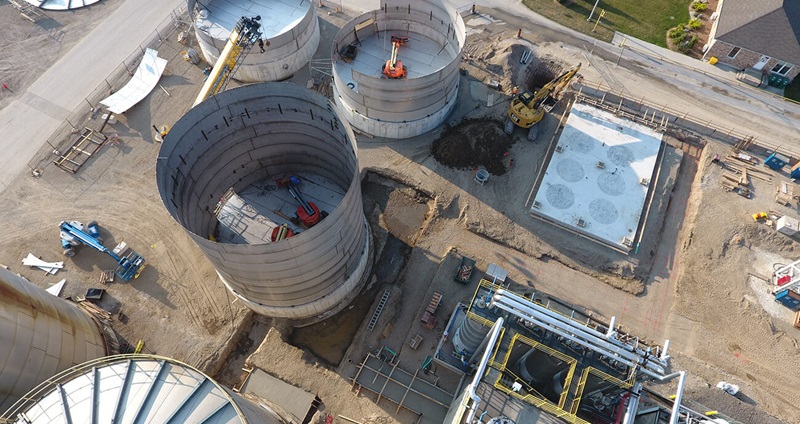
-
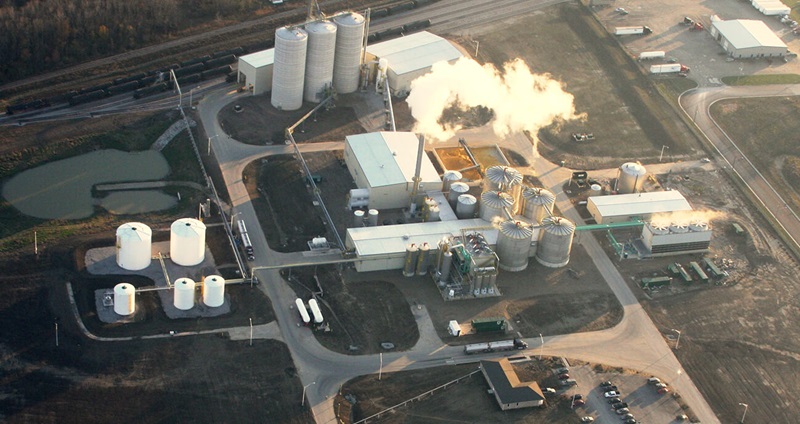
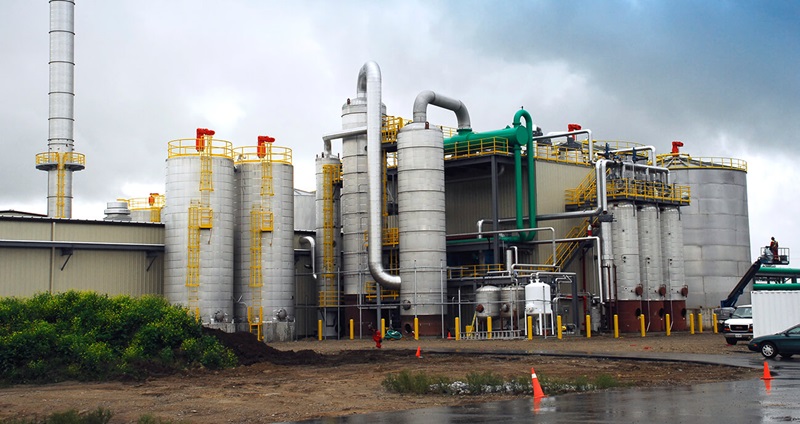
IGPC Ethanol Plant
Aylmer,
Ontario
